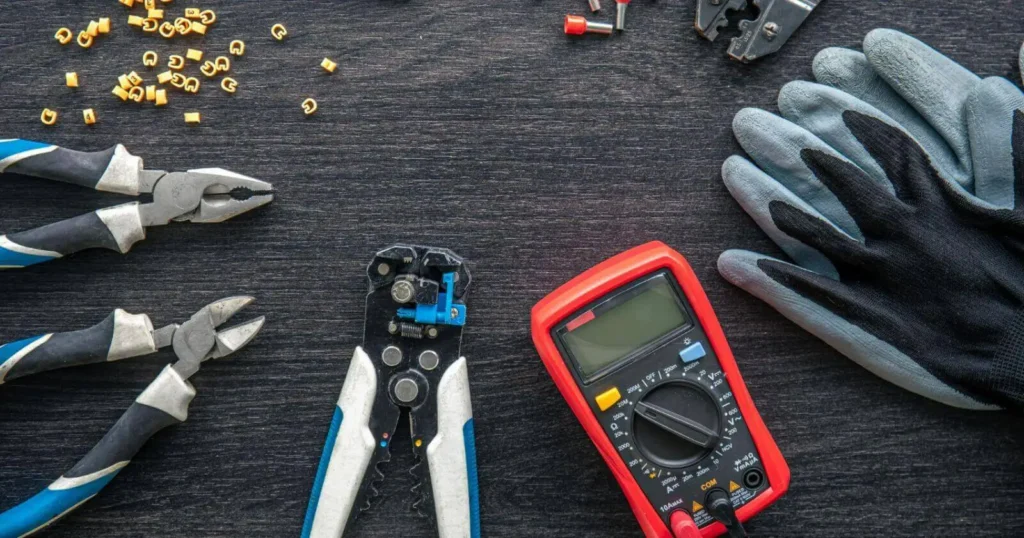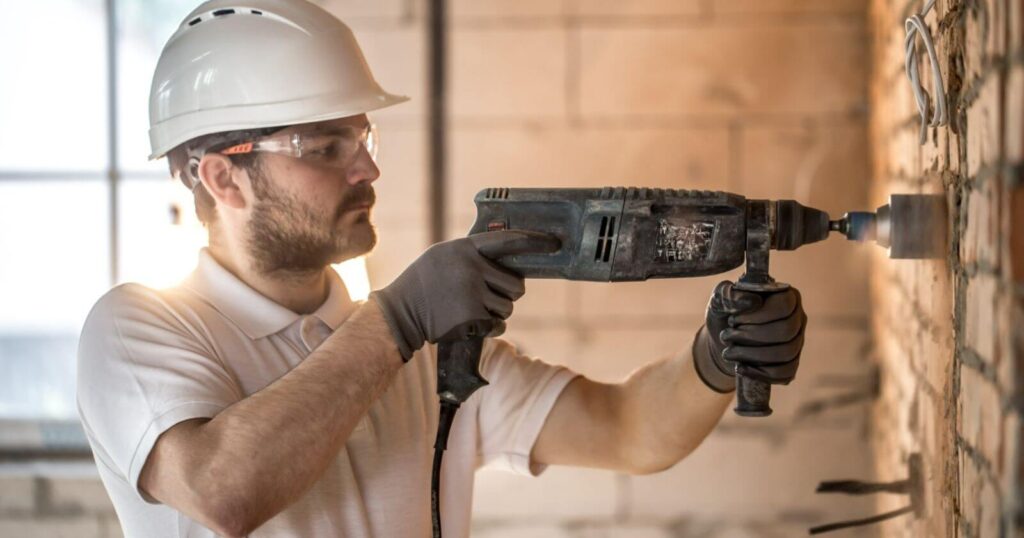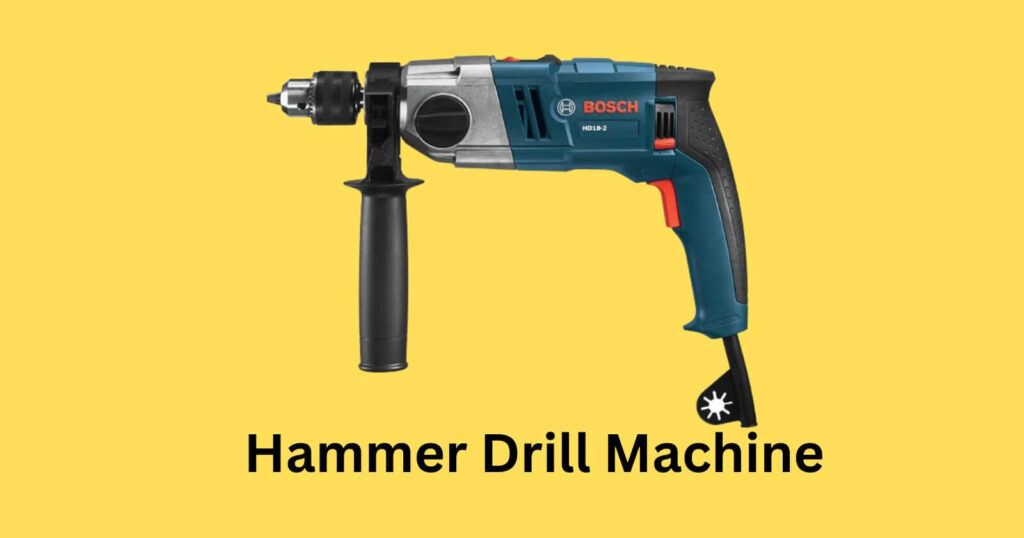Motor Mounts: Function, Signs of Failure, and Replacement

Motor mounts, though often overlooked, play a crucial role in the smooth operation of your vehicle’s engine. These unsung heroes provide support, dampen vibrations, and isolate engine noise from the cabin. Understanding the function of motor mounts, recognizing signs of failure, and knowing when to replace them can help maintain your vehicle’s performance and prevent costly repairs. In this article, we’ll delve into the world of motor mounts, exploring their importance, common issues, and replacement procedures.
The Role of Motor Mounts
Motor mounts, also known as engine mounts, are components that secure the engine to the vehicle’s frame or subframe. They serve several essential functions.
Support
Motor mounts bear the weight of the engine and transmission, keeping them securely in place within the vehicle’s engine bay.
Vibration dampening
As the engine generates power, it produces vibrations and oscillations that can be transmitted to the vehicle’s chassis. Motor mounts contain rubber or hydraulic dampers that absorb these vibrations, reducing noise and enhancing ride comfort.
Isolation
Motor mounts isolate the engine from the chassis, preventing excessive movement and minimizing noise, vibration, and harshness (NVH) levels in the cabin.
Common Signs of Motor Mount Failure
Over time, motor mounts can deteriorate due to age, wear and tear, or exposure to heat and oil. When motor mounts fail, several symptoms may manifest, indicating the need for replacement.
Excessive engine vibration
Worn or damaged motor mounts may allow excessive engine movement, resulting in increased vibration felt throughout the vehicle, especially at idle or during acceleration.
Clunking or banging noises
Failed motor mounts can cause the engine to shift or “clunk” against the vehicle’s frame, producing audible noises that are often more noticeable during gear changes or when driving over bumps.
Engine misalignment
If motor mounts are severely worn or broken, they may cause the engine to sag or tilt, leading to misalignment issues and potential damage to other components, such as the exhaust system or drivetrain.
Visible damage
Inspect motor mounts visually for signs of wear, such as cracks, tears, or separation of rubber components. Additionally, leaking fluid or oil stains around the motor mounts may indicate hydraulic mount failure.
Replacement Procedure
Replacing motor mounts is a relatively straightforward process but may require some mechanical knowledge and basic tools. Here’s a general outline of the replacement procedure.
- Preparation: Park the vehicle on a level surface and engage the parking brake. Open the hood and disconnect the battery to prevent electrical hazards. Gather the necessary tools and equipment for the job.
- Accessing the motor mounts: Depending on the vehicle’s make and model, accessing the motor mounts may require removing components such as the air intake duct, engine cover, or other obstructions. Refer to the vehicle’s service manual for specific instructions.
- Supporting the engine: Before removing the old motor mounts, support the engine with a hydraulic jack or engine support bar to prevent it from dropping unexpectedly.
- Removing the old motor mounts: Use a combination of wrenches, sockets, and possibly a breaker bar to loosen and remove the bolts securing the motor mounts to the engine and chassis. Be sure to support the engine properly to prevent it from shifting.
- Installing the new motor mounts: Position the new motor mounts in place and secure them with the appropriate bolts, ensuring they are aligned correctly. Tighten the bolts to the manufacturer’s specifications.
- Reassembly: Reinstall any components or parts that were removed to access the motor mounts, such as the air intake duct or engine cover. Double-check all connections and fasteners for proper tightness.
- Testing: Once the new motor mounts are installed, start the engine and observe for any abnormal vibrations or noises. Take the vehicle for a test drive to ensure everything is functioning correctly.
Choosing Replacement Motor Mounts
When selecting replacement motor mounts, it’s essential to choose high-quality parts that are designed to meet or exceed OEM specifications. Consider factors such as material quality, durability, and compatibility with your vehicle’s make and model. OEM (original equipment manufacturer) motor mounts are often the safest choice, but aftermarket options may offer cost savings and performance enhancements.
Conclusion
Motor mounts are integral components of a vehicle’s engine system, providing support, vibration dampening, and alignment. Recognizing the signs of motor mount failure and replacing worn or damaged mounts promptly is essential for maintaining vehicle performance, reliability, and safety. By understanding the functions of motor mounts and following proper replacement procedures, you can ensure smooth engine operation and a comfortable driving experience.










